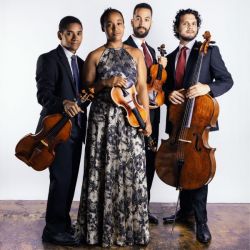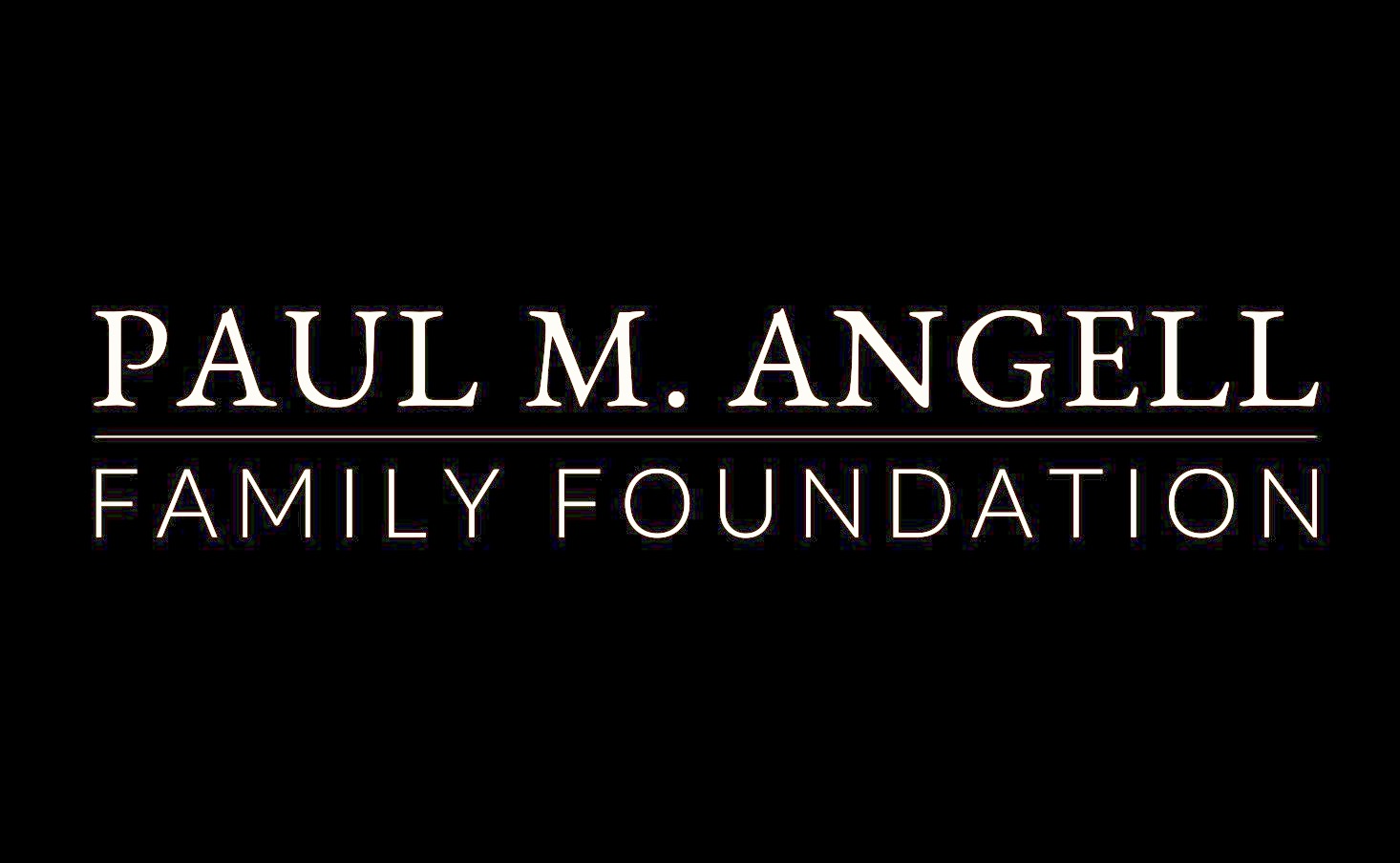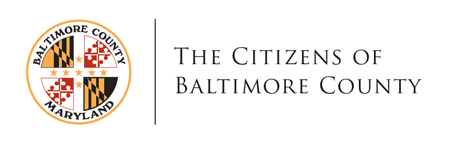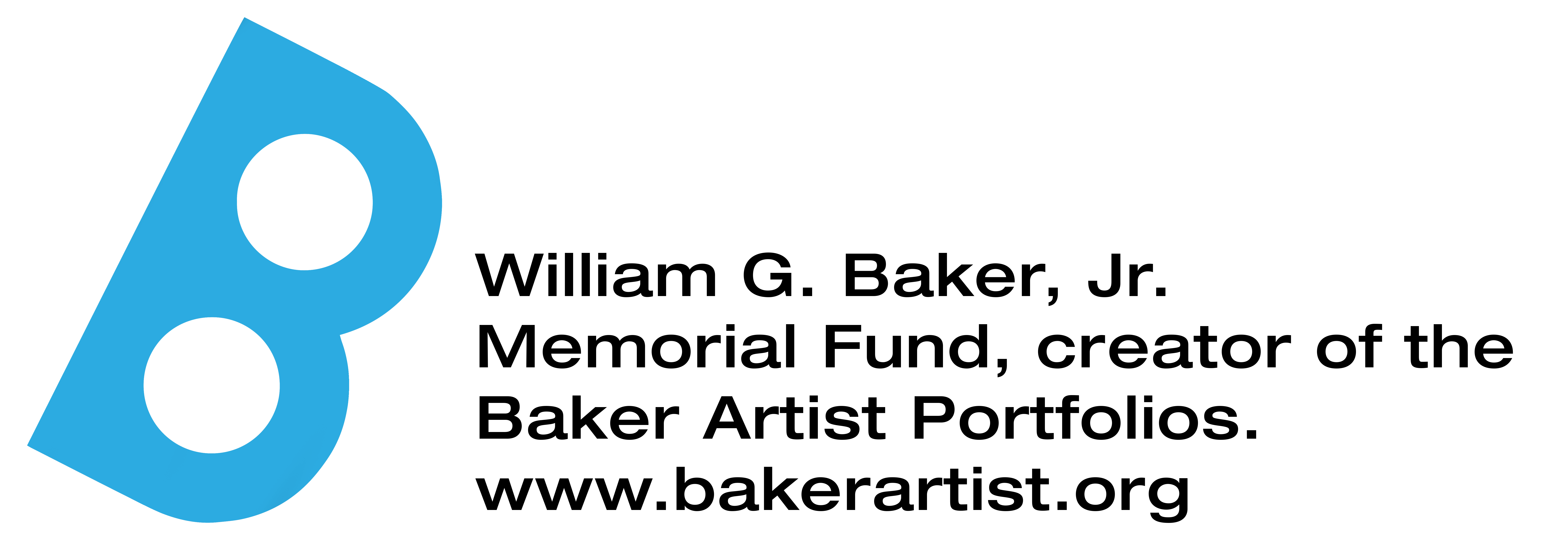Ivalas Quartet
Location: University of Maryland Baltimore County
Charismatic rising stars the Ivalas Quartet—currently the Graduate Resident String Quartet at Juilliard—present a program traversing the musical heavens. Golijov took inspiration for his poignant Tenebrae from a planetarium visit with his son. Sparked by a lecture on physics, Alberga’s rich and spellbinding quartet explores the ideas of swirling particles and stargazing from outer space. Finally, the group infuses one of Beethoven’s final works with “tremendous heart and beauty” (The Strad).
Venue: UMBC's Linehan Hall
Suggested Donation: $10; General Seating
What You'll Hear

Ivalas Quartet
Reuben Kebede, violin
Tiani Butts, violin
Marcus Stevenson, viola
Pedro Sanchez, cello
Hailed by The Strad for playing with “tremendous heart and beauty,” the Ivalas Quartet has been changing the face of classical music since its inception at the University of Michigan in 2017. Dedicated to the celebration of BIPOC voices, Ivalas seeks to enhance the classical music world by consistently spotlighting past and present BIPOC composers such as Jessie Montgomery, Daniel Bernard Roumain, Samuel Coleridge-Taylor, and Eleanor Alberga.
The Ivalas Quartet had the pleasure of performing George Walker’s Lyric for Strings at Carnegie Hall in January of 2020. Later that year, they worked in collaboration with Walker’s son to program his String Quartet No. 1 with Friends of Chamber Music Denver and the Colorado Music Festival. In 2021, they created the first recording of Carlos Simon’s Warmth From Other Suns for string quartet under Lara Downes’ digital label Rising Sun Music.
Currently, The Ivalas Quartet is the Graduate Resident String Quartet at The Juilliard School in New York City, where they study under the Juilliard String Quartet. They were previously in residence at the University of Colorado-Boulder under the mentorship of the Takács Quartet.
The Ivalas Quartet has been featured on various concert series, including Community Concerts at Second in Baltimore, Friends of Chamber Music Denver, Detroit’s WRCJ Classical Brunch, the inaugural Detroit Music Weekend, the Davidson College Concert Series in North Carolina, the Crested Butte Music Festival, the Walla Walla Chamber Music Festival, the Great Lakes Center for the Arts, the Blue Sage Center for the Arts, and CU Presents concert series where the quartet performed alongside the Takács Quartet in 2020 and 2022. Ivalas won the first prize at the 2019 WDAV Young Chamber Musicians Competition in Davidson, NC, as well as the grand prize at the 2022 Coltman Chamber Music Competition in Austin, TX.
The quartet also keeps a busy calendar in the summer, performing in past seasons at the Bowdoin International Music Festival, the Aspen Music Festival and School, the Colorado Music Festival, Music In the Vineyards, Madeline Island Chamber Music, and the Anchorage Chamber Music Festival. This past summer Ivalas returned to the University of Michigan in a mentorship role, coaching student groups at Center Stage Strings.
Ivalas was named Caramoor’s 2022-23 Ernst Stiefel String Quartet-in-Residence and has been presenting multiple concerts at the Caramoor Center for Music and the Arts. In the fall of 2022, Ivalas appeared at the Austin Chamber Music Center, Newport Classical in Rhode Island, CU Presents Takács Series, Schneider Concerts in NY, and the MacPhail Center for Music in MN. In May of 2023, they presented their first full program at Carnegie Hall, titled First Light.
The members of the Ivalas Quartet have a shared dedication to their roles as educators. Through the Sphinx Organization, Ivalas has presented educational programming in the Metro Detroit area, with an emphasis on community engagement in schools with Black and Latinx communities. In Colorado, they developed a partnership with El Sistema Colorado and were a part of the Aspen Music Festival Musical Connections program. In their new home of New York City, the quartet is enjoying working with the Chamber Music Society of Lincoln Center on their Chamber Music Beginnings program.
The Ivalas Quartet has nurtured students from the early stages of their musical journey to the collegiate level, with coaching experience including residencies at the University of Northern Iowa, the University of Central Arkansas, Madeline Island Chamber Music, and the MacPhail Center for Music in Minneapolis. In New York City, they coach student groups at The Juilliard School.
Osvaldo Golijov (b. 1960)
Tenebrae
View NotesDescended from Eastern European Jews, Argentine composer Osvaldo Golijov carved out a niche for himself in the 1990s with a distinctive fusion of Latino, klezmer, African, Arab, and western classical idioms. Since then he has become a bona fide classical-music superstar, composing operas, oratorios, film soundtracks, and an offbeat array of chamber works for such venturesome artists as the Kronos Quartet, soprano Dawn Upshaw, and cellist Yo-Yo Ma. After studying composition in Argentina and Israel, Golijov earned his doctorate at the University of Pennsylvania as a protégé of American composer George Crumb, with whom he shares both a polystylistic idiom and a penchant for poetic, hauntingly atmospheric works that straddle the lines between music, ritual, and theater.
Golijov met the members of the Kronos Quartet as a fellow at the Tanglewood Music Center in the ear1y 1990s; Tenebrae—the Latin word for “shadows,” from which the Catholic Holy Week service takes its name—is one of a series of works that grew out of their fruitful partnership. The original version to be heard this afternoon dates from 2000, the year Golijov rocketed to international prominence with the success of his La Pasión según San Marcos (St. Mark Passion), commemorating the 250th anniversary of Bach’s death. A similar meditative strain runs through the alternative version of Tenebrae that Golijov made in 2002. In adding a soprano and clarinet to the string quartet, he intended to evoke “the slow, quiet reading of an illuminated medieval manuscript in which the appearances of the voice singing the letters of the Hebrew alphabet . . . signal the beginning of new chapters, leading to the ending section, built around a single, repeated word: Jerusalem.”
Golijov further recalls that “I wrote Tenebrae as a consequence of witnessing two contrasting realities in a short period of time in September 2000. I was in Israel at the start of a new wave of violence…and a week later I took my son to the new planetarium in New York, where we could see the Earth as a beautiful blue dot in space. I wanted to write a piece that could be listened to from different perspectives. That is, if one chooses to listen to it ‘from afar,’ the music would probably offer a ‘beautiful’ surface but, from a metaphorically closer distance, one could hear that, beneath that surface, the music is full of pain. I lifted some of the haunting melismas from Couperin’s Troisième Leçon de Ténèbres, using them as sources for loops, and wrote new interludes between them, always within a pulsating, vibrating, aerial texture. The compositional challenge was to write music that would sound like an orbiting spaceship that never touches the ground.”
(c) Harry Haskell, 2025
Eleanor Alberga (b. 1949)
String Quartet No. 1
View NotesTrained as a pianist at the Royal Academy of Music in London, Eleanor Alberga enjoyed a successful performance career before shifting her focus to composition in her early 50s. While the vibrant musical colors and rhythms of her native Jamaica figure prominently in many of her pieces, she works in a basically tonal idiom and pointedly describes herself as a “mainstream British composer.” (She was awarded an OBE in 2021 for services to British music.) Her catalogue ranges from opera to chamber music, and from the short choral work Arise, Athena!—a prestigious commission for the closing night of 2015 BBC Proms—to a Piano Concerto premiered last year by the Royal Liverpool Philharmonic. As the in-house pianist and later musical director of the London Contemporary Dance Theatre from 1978 to 2001, Alberga honed her skill at improvisation, one of several jazz elements that she subsequently incorporated into her music.
Alberga’s first two string quartets date from the early 1990s (a third followed in 2001), shortly after her marriage to the violinist Thomas Bowes, with whom she performs regularly. The single-movement Quartet No. 2 is a compact, essentially monothematic work, while No. 3 has a nominally conventional four-part structure. By contrast, the Quartet No. 1, commissioned in 1993 by England’s Maggini Quartet, comprises three movements that sport playfully allusive titles, hinting at the composer’s dual allegiance to classical and popular idioms. The original source of Alberga’s inspiration, however, was extramusical—indeed, extraterrestrial. “I was propelled into an intense burst of creativity by a lecture on physics,” she explains. “What grabbed me was the realization that all matter—including our physical bodies—is made of the same stuff: stardust. So, the first movement might be called ‘a fugue without a subject,’ as particles of this stardust swirl around each other, go their separate ways, collide or merge. The second movement might be described as ‘star gazing from outer space,’ while the finale re-establishes gravity and earthbound energy.”
The rhythmic vitality and repetitive patterns of Alberga’s music are strongly reminiscent of Bartók, whom she acknowledges as one of her major influences. The terse, slashing motive heard at the outset of the First Quartet evokes the compact rhythmic cells that characterize much of the Hungarian’s music, cascading over one another in relentless torrents of notes. Restless and propulsive, the quartet’s opening bars have a distinctly edgy, mid-20th-century modernist feel. Thereafter the musical horizons gradually expand to embrace a panoply of timbral, gestural, and expressive idioms, including an ever-so-slightly jazzy swing. Alberga’s treatment of dissonance is free but seldom abrasive, as is her use of pizzicato, harmonics, and other special instrumental techniques. The second movement, a cosmic soundscape of ethereal textures, buzzing pulsations, and surreal harmonies, gives way in the finale to a sustained eruption of frantic, cacophonous intensity.
(c) Harry Haskell, 2025
Ludwig van Beethoven (1770-1827)
String Quartet in B-flat major, Op. 130
View NotesHaving toiled mightily to bring the Missa solemnis and the Ninth Symphony to fruition in the early 1820s, Beethoven returned in 1824 to the intimate chamber music medium that had occupied him so fruitfully at the outset of his career. Whether or not he made a conscious decision to devote his final years almost exclusively to writing string quartets, there is little doubt that he regarded his five so-called late quartets—Opp. 127, 130, 131, 132, and 135—as the capstone of his life’s work. The language of these knotty, inward-looking masterpieces, with its radical discontinuities, far-flung tonal relationships, and bold reconfiguration of musical time and space, exerted a seminal influence on composers as diverse as Schumann, Bartók, and Shostakovich.
The Quartet in B-flat major is the last of the three quartets that Beethoven wrote for the cello-playing Russian prince Nikolay Golitsin in 1825-26. It followed hard on the heels of Op. 132, with its majestic and deeply felt slow movement that Beethoven had offered as a “sacred song of thanksgiving from a convalescent to the divinity” upon recovering from a severe intestinal ailment. In fact, the most lighthearted of the B-flat-major Quartet’s six movements—the lively “danza tedesca,” or German dance—was originally earmarked for Op. 132. It is also one of two movements—the other being the darkly urgent Presto—that Vienna’s illustrious Schuppanzigh Quartet encored by popular demand at the first performance of the piece on March 21, 1826.
The version of the Op. 130 Quartet heard on that occasion culminated in a titanic fugue that served as a counterweight to the first movement, a “serious and heavy-going” piece by the composer’s own admission. Both adjectives apply in spades to the dense, closely argued, and somewhat enigmatic Grosse Fuge, or Great Fugue, which one bewildered contemporary critic pronounced as “incomprehensible as Chinese.” When Beethoven’s publisher complained that the fugue would drive potential customers away, the composer obligingly replaced it with a more conventional finale. (The Grosse Fuge was subsequently issued as a freestanding opus.)
After the quartet’s slow, richly textured introduction, a flurry of 16th notes in the first violin seems to signal the start of a conventional sonata-form allegro. But the bursts of almost manic energy are repeatedly interrupted, and that, plus sharp contrasts of rhythm, dynamics, and tonality, gives the opening movement of Op. 130 a markedly mercurial character. The Presto, in rounded ABA form, similarly veers between extremes: the jaunty triple-time midsection in B-flat major is sandwiched between statements of a nervous, tautly compressed tune in the parallel minor key. In the third movement, marked Poco scherzoso (Somewhat playful), Beethoven weaves an intricate tapestry of themes and motifs with a combination of elegance and whimsy.
The quartet’s loosely structured, suite-like format continues with a slightly buffoonish German dance in G major. A series of swooning phrases in 3/8 meter, neatly apportioned into three groups of eight bars each, give way to smoothly interlocking roulades and a display of acrobatics by the first violin before returning at the end in fragmented form. The tender, ravishingly melodious Cavatina, suffused with the warmth of E-flat major, serves as a prelude to Beethoven’s substitute finale: a zesty Allegro in rondo form whose dance-like theme, propelled by an insistent eighth-note pulse, seldom sinks far below the music’s sparkling surface.
(c) Harry Haskell, 2025




